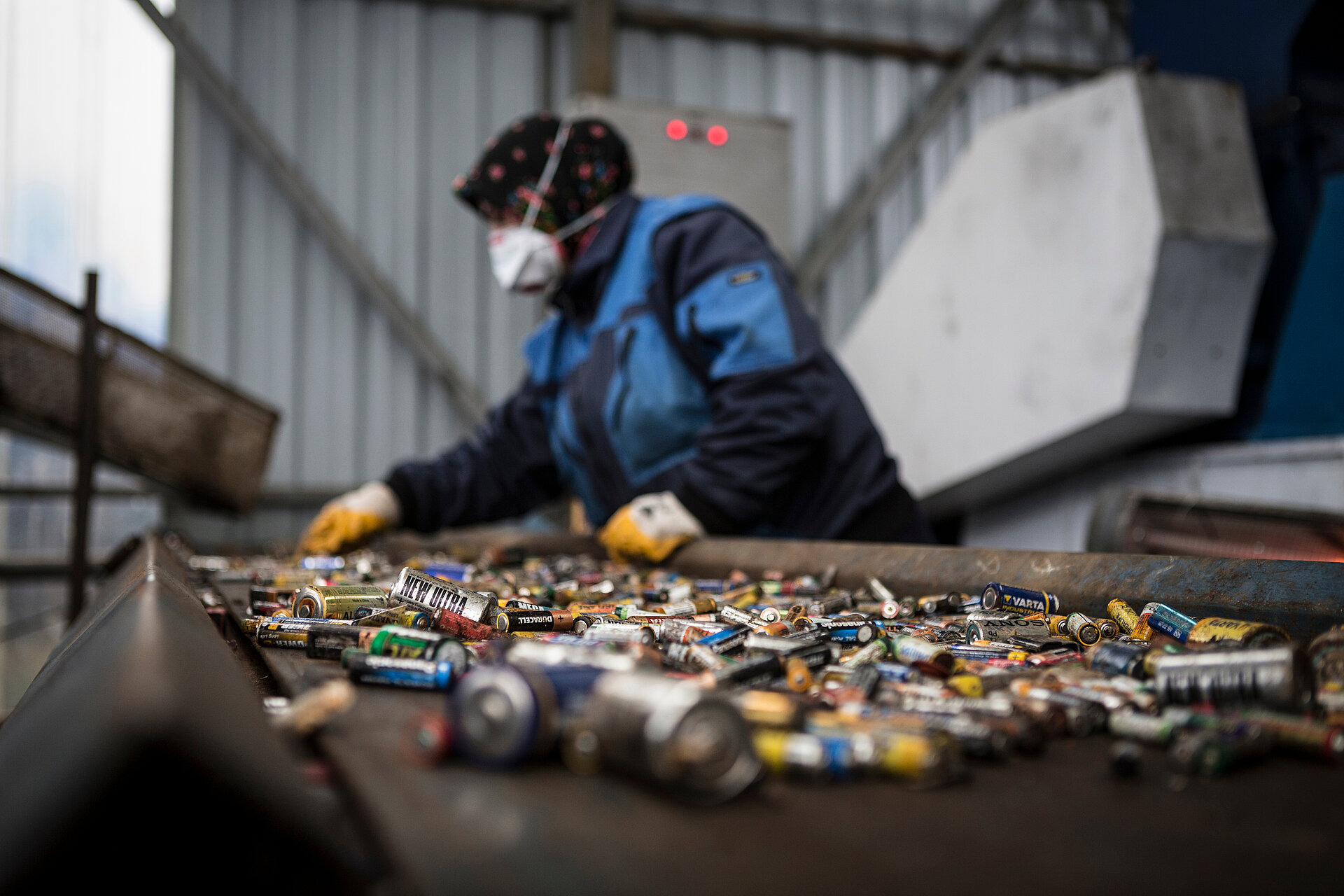With the rapidly growing sales of electric cars, stationary storage systems and batteries in numerous other applications, demand for the recycling of lithium-ion batteries is expected to rise sharply in the foreseeable future. While the majority of lithium-ion battery recycling capacities have so far been located in East Asia, particularly in China, recycling capacities are currently also being built up in Europe. The particularly high number of recycling sites in Central Europe is striking. This is often due to the proximity to battery cell manufacturers or car manufacturers. But when will recycling be worthwhile? What business models are there? Dr. Julian Proless (BASF) gives an overview and explains BASF's plans for recycling. Battery recycling could kill two birds with one stone. On the one hand, a sustainable circular economy could be established and, on the other, European cell manufacturers and carmakers could become less dependent on non-European material suppliers thanks to the recycled battery materials. During recycling, used batteries are discharged, dismantled and mechanically processed into what is known as black mass. This includes the active materials cathode and anode, which contain most of the valuable metals. There are then essentially two different processes. Either the black mass is processed using the (electro)chemical hydrometallurgical process or a pyrometallurgical approach so that valuable materials such as cobalt, nickel and lithium can be recovered.

